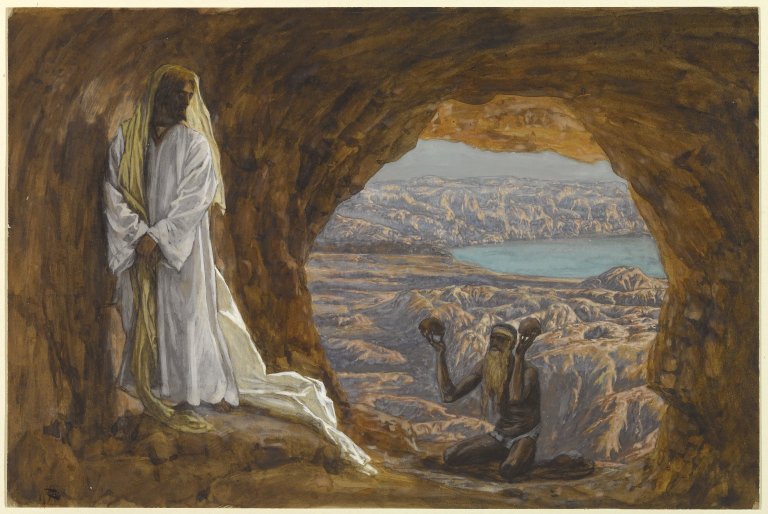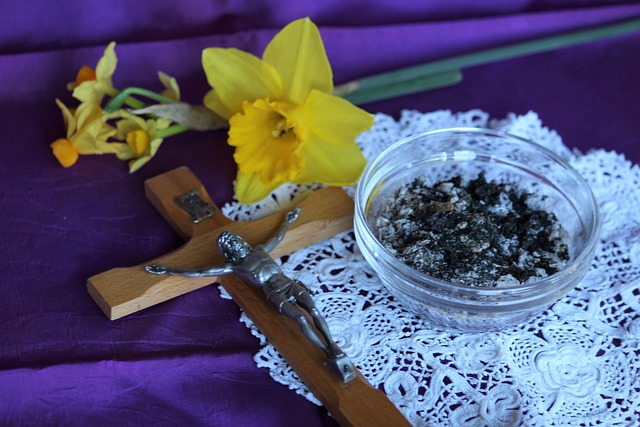“The light that Jesus shows the disciples is an anticipation of Easter glory, and that must be the goal of our own journey, as we follow ‘him alone’. Lent leads to Easter: the ‘retreat’ is not an end in itself, but a means of preparing us to experience the Lord’s passion and cross with faith, hope and love, and thus to arrive at the resurrection”.


 Follow
Follow








